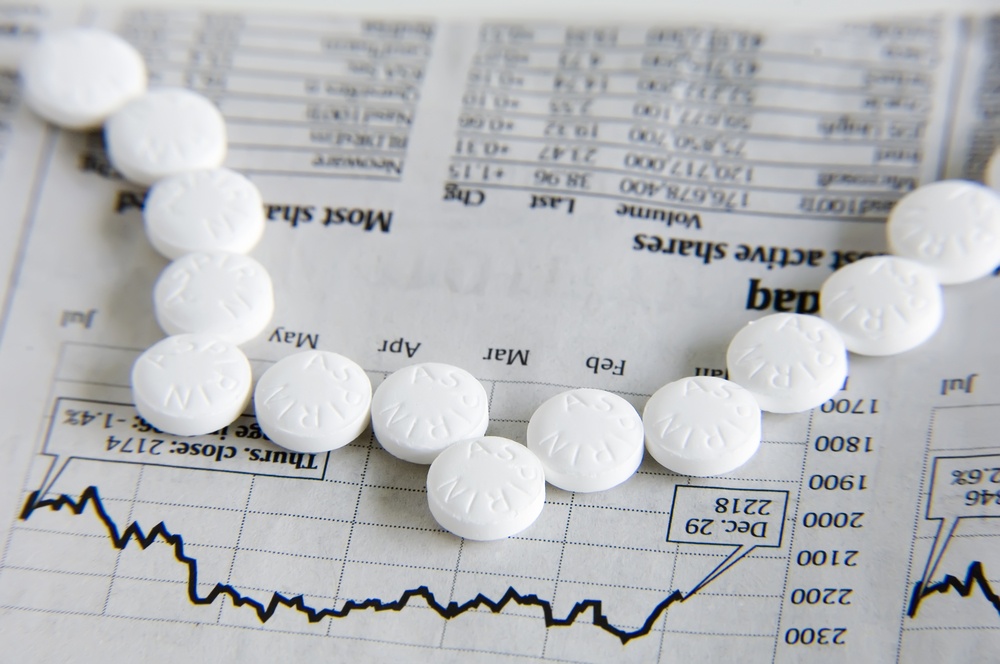healthcare
Electronic prescribing saves lives, so make the first step with a gap analysis
What if I told you that the transformation from paper-based to electronic prescribing could save lives?
72 patient safety incidents were reported in the UK from April 2016 to March 2017: they were categorised as ‘medication incidents’, and their outcome was reported as ‘death’. Implementing an electronic prescribing and medicines administration system (ePMA) is the surest way to reduce medication errors and improve patient safety, while also making the job of health professionals easier and more efficient.
First step to increased patient safety: gap analysis
Implementation of an ePMA system is a complex process that requires a well-thought-out plan. Gap analysis is the first and necessary step on your hospital’s digital transformation journey. To minimise medication errors across your care settings, you must first identify where, how and why they occur.
While it may be a tough task to tackle, it has a tremendous pay-off: a good gap analysis will set a strong baseline for successful digitisation of the medication management system in your hospital.
One hospital, five different medication charts
The main goal of medication charts is to standardise medication management and thus increase medication safety. However, despite complying with standards for the design of medication charts, hospitals have several different medication charts. Not only are they designed differently but can also have significantly different content.
While using different charts in different hospitals may seem logical, it is just as common to have different medication charts on different wards of the same hospital. In fact, most hospitals use more than five different medication charts for medication management. This adds to the complexity of the gap analysis, as every type of chart has to be analysed, and every chart’s key features have to be summarised.
Who in the hospital knows how to use charts?
People who work with medication charts come from different fields and perform different roles in the hospital (nurses, doctors, pharmacists, junior doctors). They all have their way of filling in the medication charts. Some use them for prescribing, others for administering the prescribed therapies.
But is there anyone in the hospital who knows how to fill in all the charts correctly? Is all the entered data equally important? How often do you compare the data that is entered in different charts (if a patient has therapies prescribed in more than one chart, for example in the ‘Adult Regular chart’ and in the ‘Adult Insulin chart’)?
These are the questions you will surely have to answer during the gap analysis – which is a good thing, as it will not only help you align your goals with concrete solutions, it will also empower you with evidence to support these solutions.
Decreasing errors in medication reconciliation
Medication reconciliation is one of the most important processes in medication management. More than 40% of medication errors are believed to result from inadequate medication reconciliation, and 20% of those can cause harm to patients.
Medication charts can be the culprits behind many misunderstandings in medication reconciliation. Where in the process of using medication charts do errors occur and what leads to them? You should be particularly attentive to this part when doing the gap analysis because your ePMA system should decrease such errors. When you pinpoint their main causes, you will be able to understand which functionalities you require from your ePMA system.
By knowing what to expect you’ll be better prepared for the task
Medication management is a complex process that relies on a collaboration of many people (doctors, clinicians, nurses) throughout different care settings. The more standardised the process, the less it is exposed to errors.
Conducting a gap analysis encourages you to assess the current state of your medication management process and identify the areas that need improvement. With a good gap analysis, you get a clear understanding of what exactly your hospital needs from an ePMA solution, and how to justify it to other people involved.
And as with any complex task, you can make it simpler with a step-by-step approach. Breaking down the medication management process into more specific tasks will help you make sure you’ve addressed all the issues necessary for a successful roll-out of the ePMA solution and, most importantly, increased patient safety.
|
Register for a free webinar ‘Why do we need ePMA’ recording with Duncan Cripps, Lead Pharmacist for ePrescribing at University Hospitals Plymouth NHS Trust and Roko Malkoč, Better Meds Business Unit Manager at Better. |

